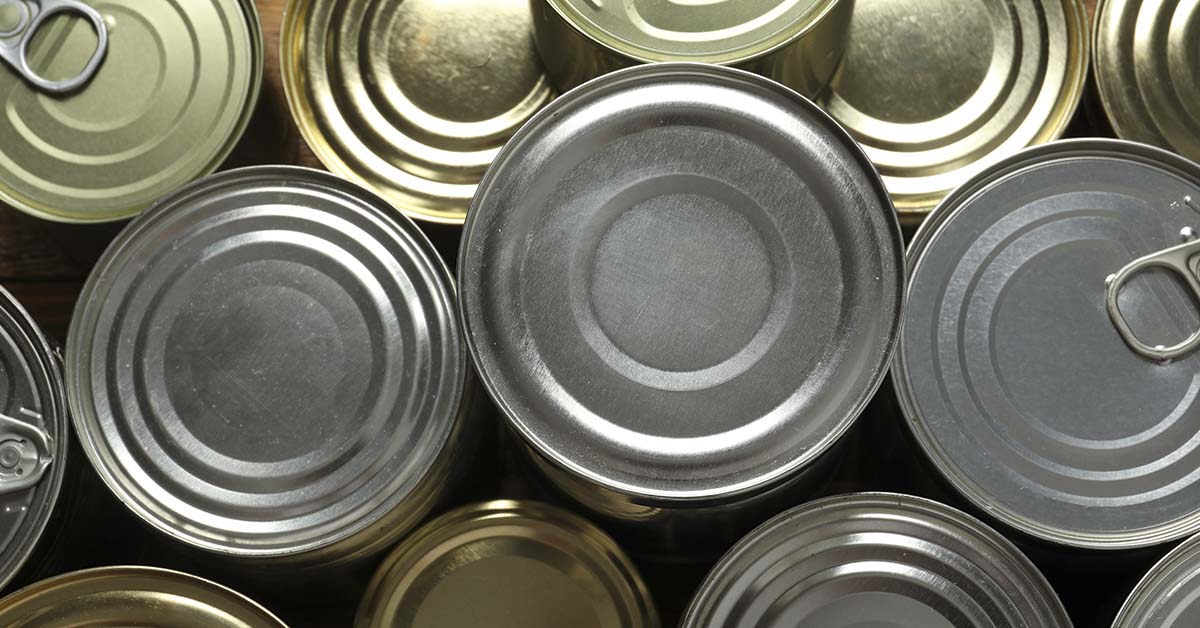When we think of the world’s deadliest substances, we imagine industrial-grade substances like lead or arsenic. We assume the only way to face exposure is through actively coming into contact with it. Moreover, obtaining these deadly substances would most likely require considerable effort and legal oversight. However, your favorite snack at the cinema could contain the deadliest substance of them all or you could be eating it right now.
The World’s Deadliest Substance
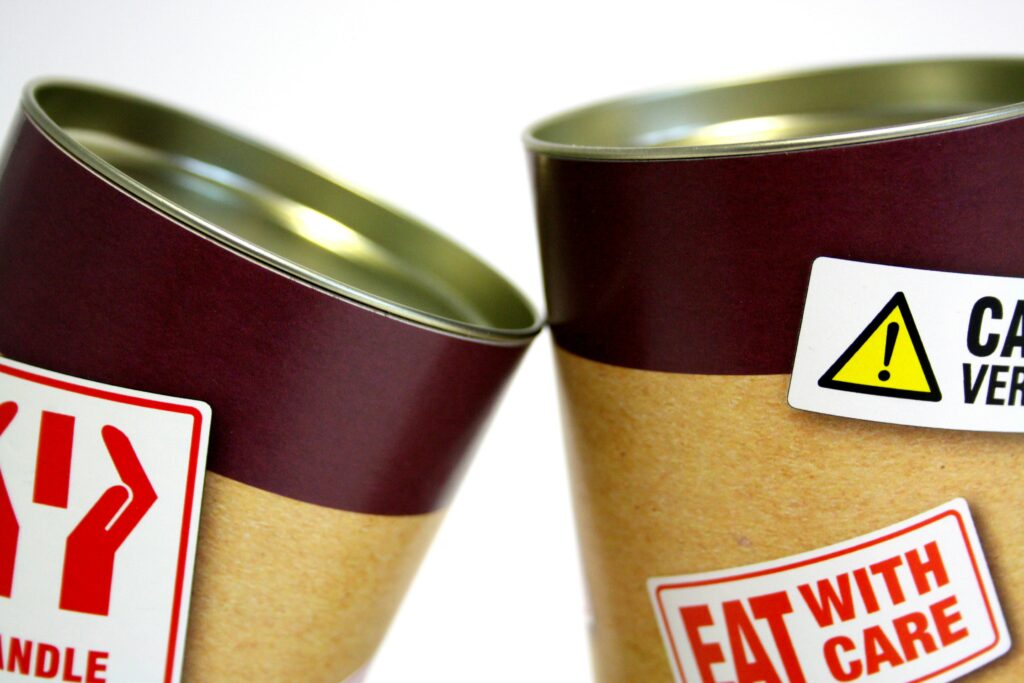
Botulinum toxin is the world’s deadliest substance that is found in contaminated and especially canned goods. It is capable of killing a human with just 0.0000001 grams. 8 grams is capable of wiping out all human populations on Earth. It’s a powerful neurotoxin produced by the bacterium Clostridium botulinum. Botulinum toxin is used in Botox, but it is millions of times more toxic than cyanide and extremely lethal.
How Botulinum Toxin Works
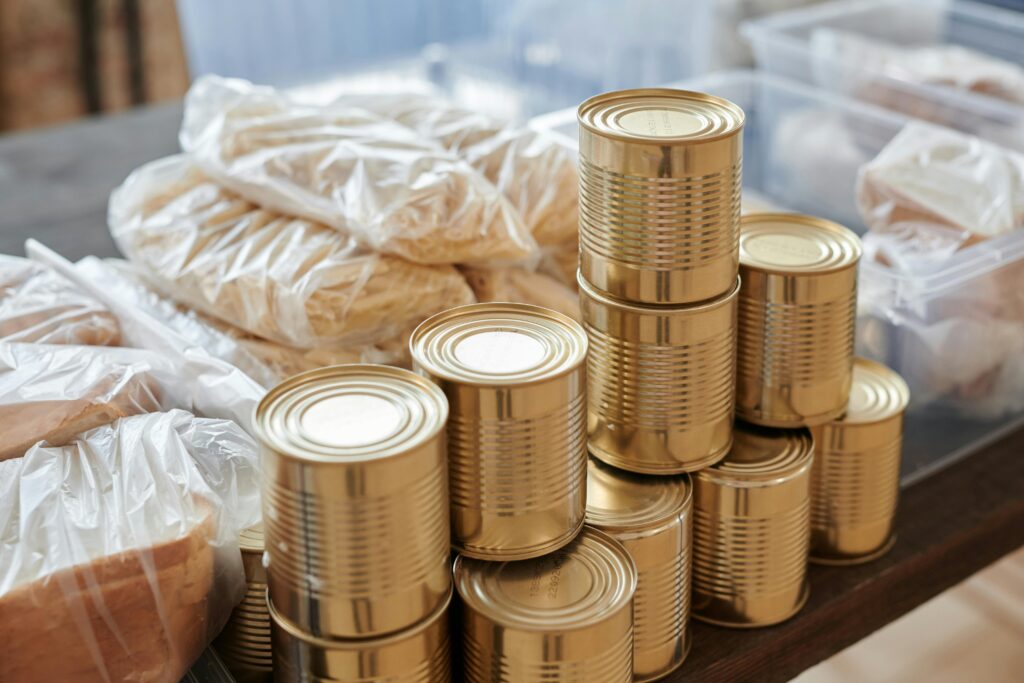
Botulinum toxin blocks nerve function, causes muscle paralysis, and ultimately prevents breathing, leading to death. It works by attacking the nervous system, blocking the release of acetylcholine, a neurotransmitter crucial for muscle mobility. While the acetylcholine is blocked, the muscle is paralysed.
The median lethal dose for humans is about 2 nanograms per kilogram, smaller than a grain of salt. About 5% of botulism cases result in death, usually from respiratory failure. The paralysis develops over hours to days, depending on how much toxin is ingested or enters the body. Without immediate medical intervention, the paralysis can become fatal.
Sources and Routes of Exposure

The most common source of botulinum toxin is improperly processed or contaminated foods and canned goods. Home-canned vegetables, meats, and fish are frequent culprits, but, while relatively rare, commercial foods have also been involved in outbreaks. Botulinum bacteria thrive without oxygen, inside sealed cans, when low acidity and poor sterilization enable toxin production.
Outbreaks Linked to Botulinum Toxin

While rare, outbreaks of botulinum toxin poisoning can be deadly. In 2017, a case involving nacho cheese sold at a gas station in California left 1 person dead and 9 hospitalized. The cheese sauce contained toxin from 4 contaminated batches, and symptoms appeared soon after consumption. Another outbreak tied to canned marinated sardines in Bordeaux, France affected multiple international visitors during the Rugby World Cup.
Symptoms of Botulism

Symptoms include double vision, facial muscle weakness, difficulty swallowing, and slurred speech. Botulism symptoms often begin with weakness in the muscles of the face, throat, and eyes. Without rapid treatment, paralysis of the lung muscles may lead to death. In foodborne cases, abdominal discomfort, vomiting and nausea sometimes appear first. Seeking immediate medical attention is crucial if botulism is suspected.
Detection and Treatment

Detecting botulinum toxin in a patient requires laboratory testing of blood, stool, or suspected food samples. Botulism requires prompt diagnosis and antitoxin treatment. Antitoxins are available to stop the toxin from binding to nerve endings, but they cannot reverse existing paralysis. Patients with respiratory failure may require mechanical ventilation for weeks or months until nerve function returns. Most people recover if treated early, but rehabilitation can be lengthy.
Food Safety Measures and Prevention
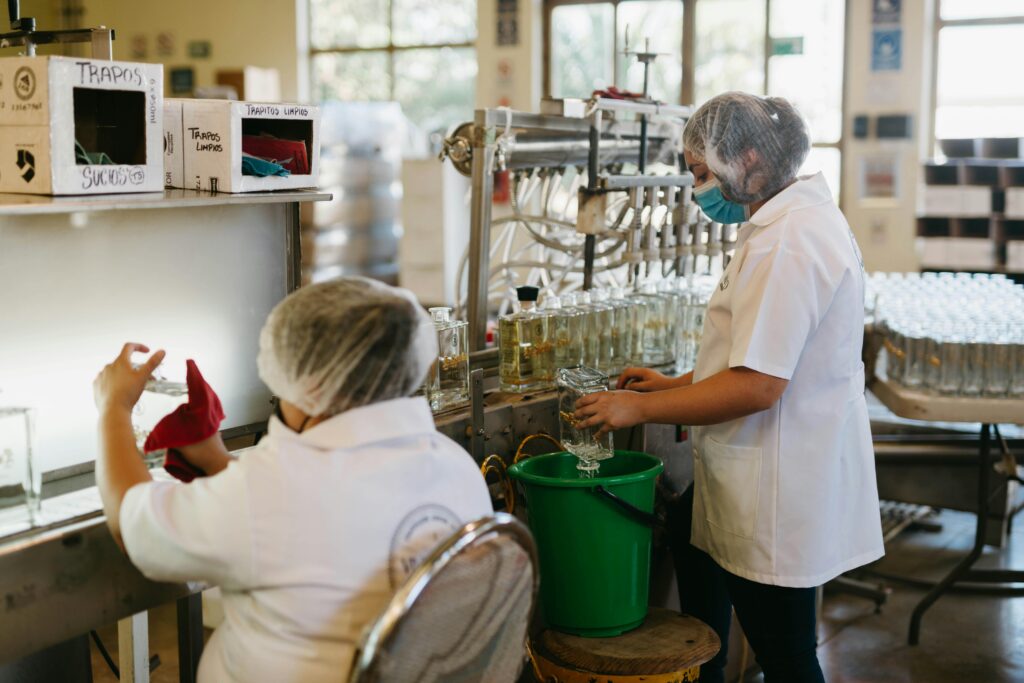
Preventing botulism involves proper food handling, storage, and preparation. Proper heat treatment, acidity, and salt content in food preparation destroy the bacteria. Commercial canning is highly effective as they are processed at high enough temperatures to destroy Clostridium botulinum spores. Home-canned, low-acid foods like asparagus, beets, green beans, and meats should be boiled for 10 minutes to destroy the toxin. Commercially canned goods should be checked for swelling, cracks, rust, or leaks, and any damaged containers should be discarded. Store canned goods at 50-70°F and use them within a year.
Other Deadly Substances for Comparison

Although botulinum toxin is the deadliest known, other substances are also highly toxic. Batrachotoxin, found in the skin of the golden poison frog, can stop the heart within minutes. Ricin, derived from castor beans, can cause organ failure if inhaled or ingested in tiny amounts.
Cyanide, historically used as a poison, interferes with the body’s ability to use oxygen. Tetrodotoxin, present in pufferfish, can cause paralysis similar to botulinum toxin. All of these substances are dangerous, but none match botulinum toxin’s potency.
Conclusion
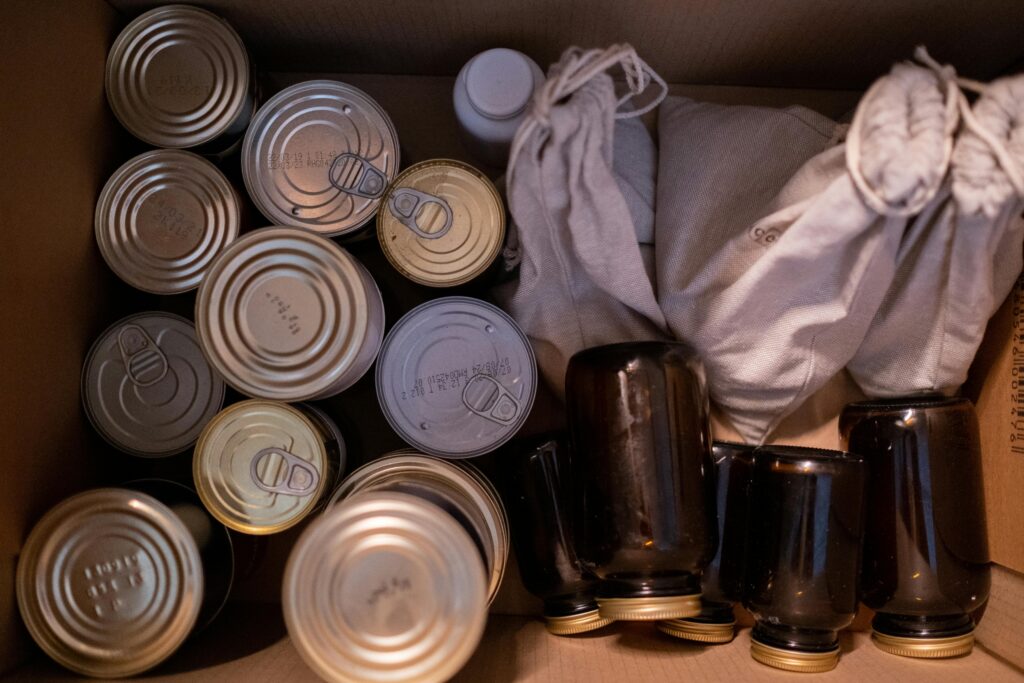
While the botulinum toxin is extremely deadly, only about 20-40 cases of foodborne botulism are reported in the US annually. This makes the occurrence of botulism relatively rare. As society developed better methods of food production and preservation, stricter regulations have significantly reduced instances of botulinum toxin.
Foodborne botulism affects only a few dozen people yearly with most cases linked to home-canned or specialty products. Proper cooking, storage, and inspection of food containers can almost eliminate the danger. The CDC and World Health Organization provide clear guidance. Discard swollen or leaking cans, follow storage instructions, and know that commercially canned foods are carefully managed.
